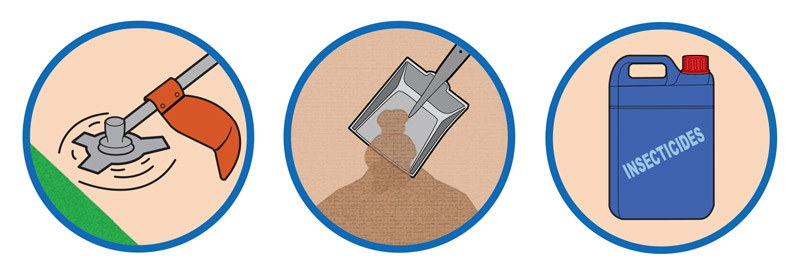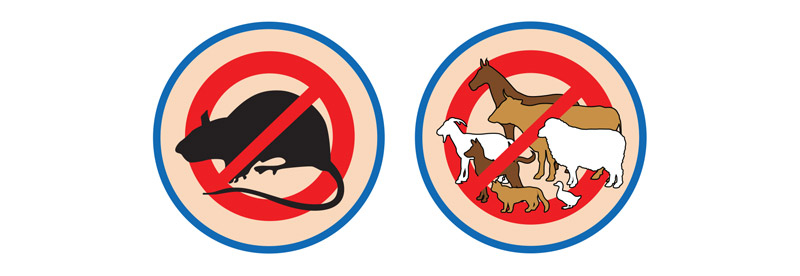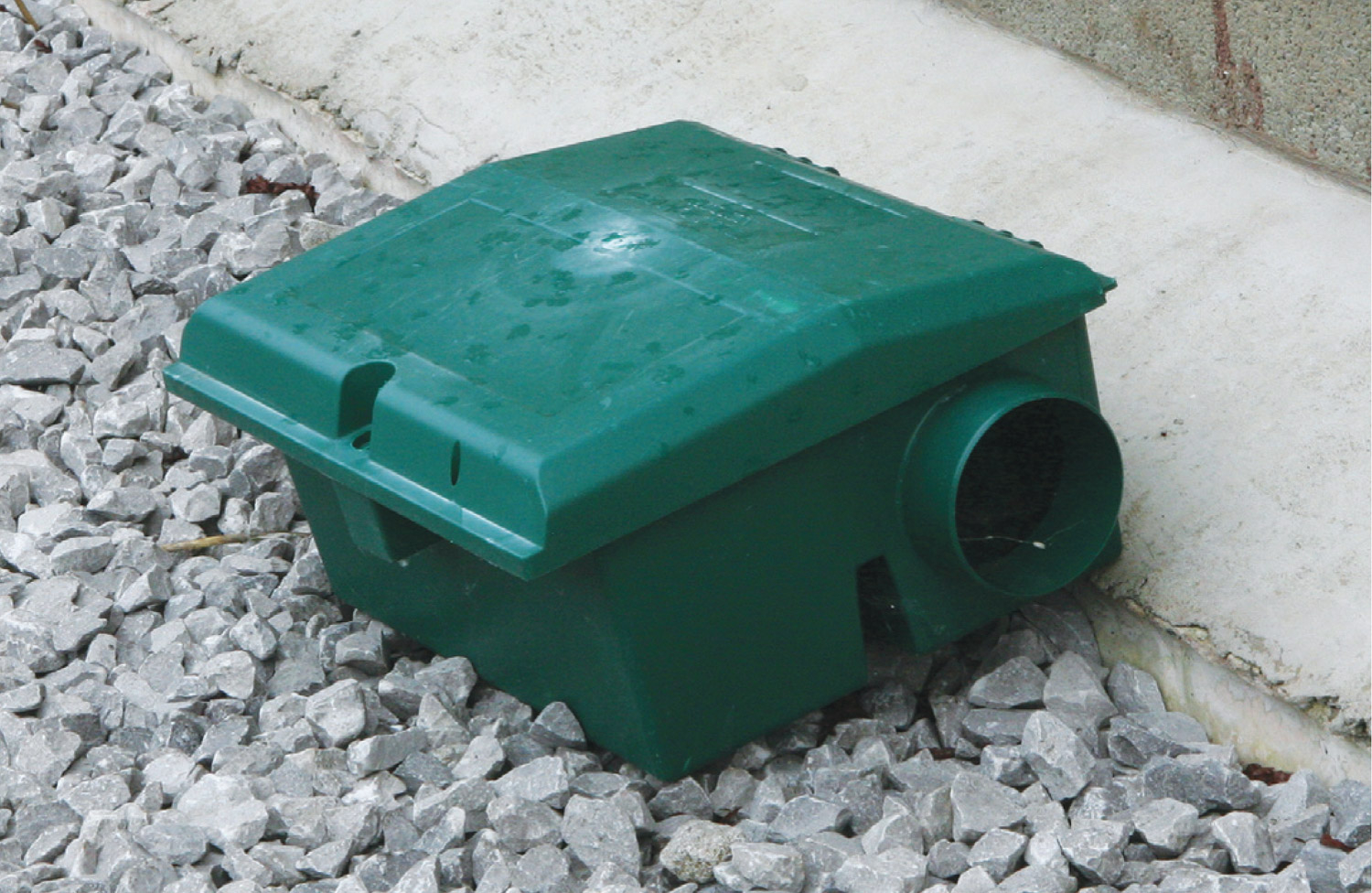Pest Management
The aim of pest management is to prevent transmission of diseases from other animals. Pests affecting poultry production may be classed as ectoparasites (e.g. mites and lice) or premises pests e.g. darkling beetles, various flies and rodents (mice and rats).
Populations of these pests are largely determined by housing, waste, and flock management practices. An integrated pest management (IPM) approach, tailored to the production system, is required for satisfactory control. Rodent control is an important part of an IPM. In order to realise an IPM, it is necessary to examine the biology and control strategies for these pests in relation to the types of poultry management and housing.
The teams analysed all of the information and reported their findings back to the group. This included pinpointing the likely cause of the issue and corrective action needed. According to the feedback survey, this was one of the highlights of the week, as they were able to use what they had learned to address a real-life issue.
Basic principles:
- Whenever possible, place the farm on an ‘all in/all out’ placement cycle. Multiple age turkeys on the same site provide a reservoir for disease organisms.
- An area of concrete or gravel extending to a width of 1–3m free of vegetation around the house will discourage entry of rodents. Control all grass and weed growth.
- Cut back all vegetation within 15m of the buildings to discourage rodents and wild animals.

- Ensure all poultry houses are wild bird-proof. 1 Eliminate holes, cracks and other openings where rodents or birds might enter houses.
- Eliminate nesting areas and remove any nests found, in accordance with local legislation.
- Store litter material in bags, preferably inside a fully closed storage building.
- Pest-proof buildings as much as possible. Put out rodenticides and insecticides and check them regularly in accordance with local legislation. Maintain an effective control programme.
- Do not allow accumulation of materials, waste and redundant equipment in and around the farm. This will reduce the cover for rodents and wild animals.

- Insects must be destroyed before they migrate into woodwork or other materials. As soon as the flock has been removed from the house and while still warm, the litter, equipment, and all the surfaces should be sprayed with a locally permitted insecticide. A second treatment should be completed before fumigation.
- Avoid (or repair) leaking plumbing or other sources of standing water. Leaking water systems result in wet litter, which fosters fly development.
- Keep feeding systems in good repair. Poorly adjusted feeding systems result in feed spillage, which provides additional nutrients and fosters fly and beetle populations. Clean up feed spills as soon as they occur.
- Do not allow pets or other animals to enter the farm perimeter.
- Any systems put in place (or products used) must conform to local laws and regulations.

Rat bait box
